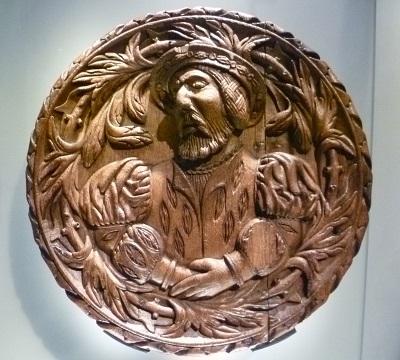About the project
Led by Professor Greg Walker, this project brought together academics, theatre professionals and staff of Historic Scotland to stage Sir David Lyndsay’s epic Renaissance drama Ane Satyre of the Thrie Estaitis.

This collaboration produced the first research-driven recreation of Sir David Lyndsay’s epic Renaissance drama Ane Satyre of the Thrie Estaitis (Satire of the Three Estates) in the authentic historical spaces of Linlithgow Palace and Stirling Castle.
Funded by the Arts and Humanities Research Council, Staging and Representing the Scottish Renaissance Court is a collaborative, interdisciplinary project drawing on performance, film, literary and historical analysis, archaeology and architectural studies. Led by Professor Greg Walker of the University of Edinburgh, it brings together researchers at Edinburgh, Brunel, Glasgow, Lincoln, and Southampton Universities, with Historic Scotland, the celebrated theatre director Gregory Thompson, and professional actors and film-makers.
The 2013 production of Ane Satyre in its full and unadulterated version offered a once-in-a-lifetime opportunity to witness a key part of Scotland’s literary and cultural heritage in performance. At around 5-hour long, the play was performed in one of the most beautiful of Scotland’s historic sites, Linlithgow Palace, where we know an earlier version of the play was performed in 1540.
As no script survives for this earliest version of the play, the research team have reconstructed a text from documentary and literary source material, which was acted in its original performance space in the ruins of Linlithgow, and in the Palace at Stirling Castle, the most complete and best preserved Renaissance palace in the UK. In tandem with these indoor productions of the 1540 play, the team also produced, outdoors on the Peel in Linlithgow, the full panoramic version of Ane Satyre that was performed in Cupar in Fife and in Edinburgh, in 1552 and 1554. Both performances represented a unique collaboration between scholars, the professional theatre, and Historic Scotland, working together to raise questions about Scotland’s past, present and future at this critical juncture in its history.

